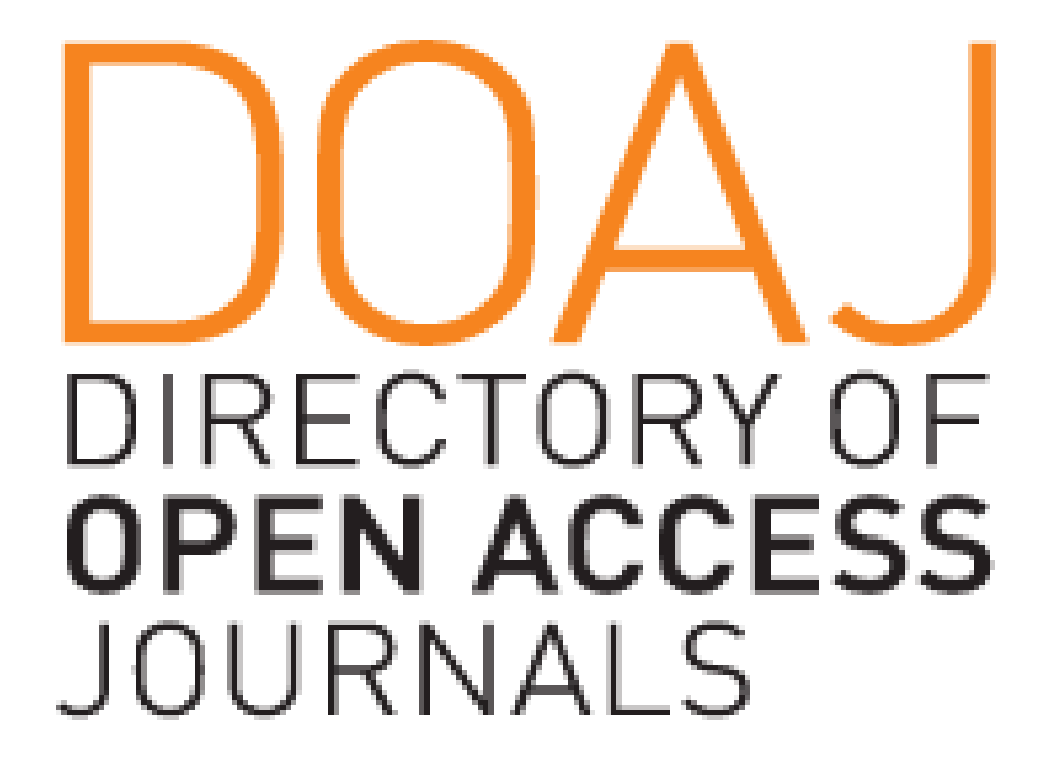Abstract
Background: Onychomycosis may cause nail discoloration, thickening, nail bed separation, and other serious complications. For some cases, oral antifungal treatment is not tolerable because of its potential side effects and drug interactions. Laser therapy is considered as an alternative treatment, owing to the features of simple and effective, with only minor potential side effects. This EBCR was made to collect and appraise studies regarding the effectiveness of laser therapy for onychomycosis, and to suggest laser as an alternative treatment.
Methods: Literature searching strategy was performed using Pubmed and Cochrane Library database to address the clinical problem. Keywords used were “laser” AND “onychomycosis”.
Results: Seventy-nine articles were obtained from the search strategy procedure. After selection based on exclusion and inclusion criteria, and full-text availability, four relevant articles remained.
Discussion: The study by Xu et al. was considered as the most valid study while compared to other three studies. This study used intention to treat analysis and had no loss of follow-up patients. Xu et al. compared mycological and clinical clearance rate between patients receiving laser, oral terbinafine, or combination of those two. It showed that laser therapy was less effective when compared to oral antifungal (Number Needed to Harm = 17).
Conclusions: Laser has a lower level of effectiveness while compared to oral terbinafine as the current gold standard therapy for onychomycosis. However, laser therapy can still be used as an adjunctive therapy along with oral antifungal to achieve a better cure rate. More studies are needed to prove this hypothesis.
Recommended Citation
Prayogo, Rizky Lendl; Gaol, Evangelina Lumban; Azizah, Fitri; Lusiana, Lusiana; Rachmawati, Yenny; Rahman, Yusnita; and Saldi, Siti Rizny
(2017)
"The effectiveness of laser therapy in onychomycosis patients: An evidence-based case report,"
Journal of General - Procedural Dermatology & Venereology Indonesia: Vol. 2:
Iss.
1, Article 2.
DOI: 10.19100/jdvi.v2i1.39
Available at:
https://scholarhub.ui.ac.id/jdvi/vol2/iss1/2
Included in
Dermatology Commons, Integumentary System Commons, Skin and Connective Tissue Diseases Commons










